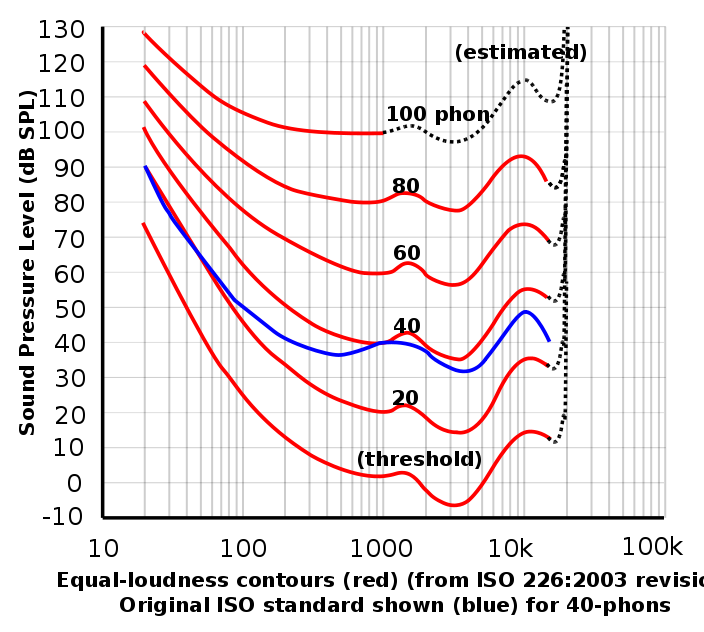Lots of today’s club music, specially banging electro tracks, dubstep and stuff have loudness levels of ~ -5db. That’s damn loud, but it’s also gonna result in poor dynamics. Whatever you’re heading for, the first important and logical thing would be to measure the loudness. Since Renoise hasn’t (yet) something to do that, I’d recommend to use the TT Dynamic Range Meter.
As a few people have already pointed out, the most important thing is a good mix. To gain a high loudness level, “good” specially and first of all means elemination of ANY disturbing and redundant frequencies and strict focusing on the important parts of a sound. A simple example here might be HiHats, where you hard cut everything from below 400Hz up to even 740Hz and also highcut everything unnecessary above at least 17500Hz, often 13500Hz and sometimes even less. Depends on the needs and the sound of the rest of your tracks. By eleminating those frequencies you free up space for other instruments/tracks, that might have their “prominent” and important parts on those frequencies. If necessary, compress things after EQing, after compression limit/maximize them. There are lots of tutorials out on the web about this. Nicky Romero’s tips for example might come in handy for a few of your needs. We could talk about details here for days, but going deeper doesn’t make sense at this point.
The goal you have to achieve in the end and with the summary/complementation of your signals is a relation of frequencies and gain, that matches the optimal (average) loudness curve.
Loudness in this meaning in the end is, how the relation between frequencies and gain matches the ability of the human ear to receive/respond. This leads to the logical conclusion: a most important thing and requirement to match this curve with your mix is either some really good headphones or some really good speakers/monitors. Otherwise it’s gonna be damn hard to correct disturbing/redundant frequencies, because you might simply be unable to hear them. Usually you can’t correct faults you don’t know about.
Well, since we’re talking about Renoise, let’s talk about the important Renoise DSPs to gain loudness. If needed, first of all use a DC correction on your channel. The EQs are okay imo and so are the filters. So I recommend to EQ your sounds natively and afterwards cut frequencies low and high with the butterworth filters. After that, forget about the Renoise DSPs. And I’m specially talking about the compressors and the Maximizer. They’re (yet) simply not capable of achieving your loudness purpose in an appropriate way. Specially the lows with high amplitude are a problem. And those are very important for your loudness. So, if you’re not really heading for a 100% native setup, just don’t use them. Whatever you use to replace both, make sure it’s sounding neutral. After optimizing your frequencies with EQs and filters, you don’t want some device to more or less randomly “color” your sound and mess up your achievements again. Exceptions here and there might be okay and prove the rule.
Before hitting the master chain, the summary of your tracks now should already have the maximum loudness you’re able to achieve, without clipping(!) on any track. On the summary/master then I recommend to use something for massive saturation and filling up harmonics. Since Renoise yet hasn’t anything for this purpose, I personally like to use the VOS Tessla SE for this. I’ve tried a lot of things, bought a few of them, but Tessla SE is still my fav here. After saturation take care of the stereo image and make the lows a mono signal below 135Hz-160Hz. I personally use to do this after compression. Might be a matter of taste. After compression finally limit your signal again, cutting max 2db-3db of your peaks, no matter if multiband or single band limiting.
Do NOT use the native soft clipping and/or specially DC correction features of the master channel, because they’re for some reason applied as a post fx and would most probably screw up your limiting.
Might have forgotten some things. I’d specially have liked to talk a bit more about compression, but it’s late (in fact early) already and this posting already became way longer than intended. 
